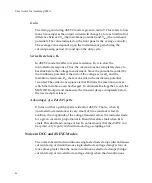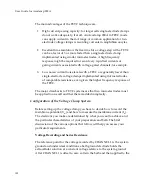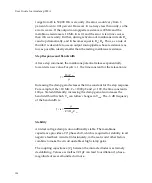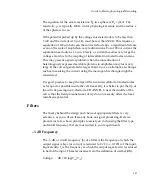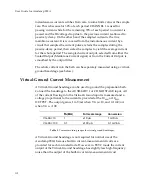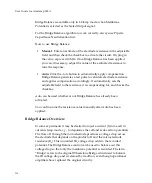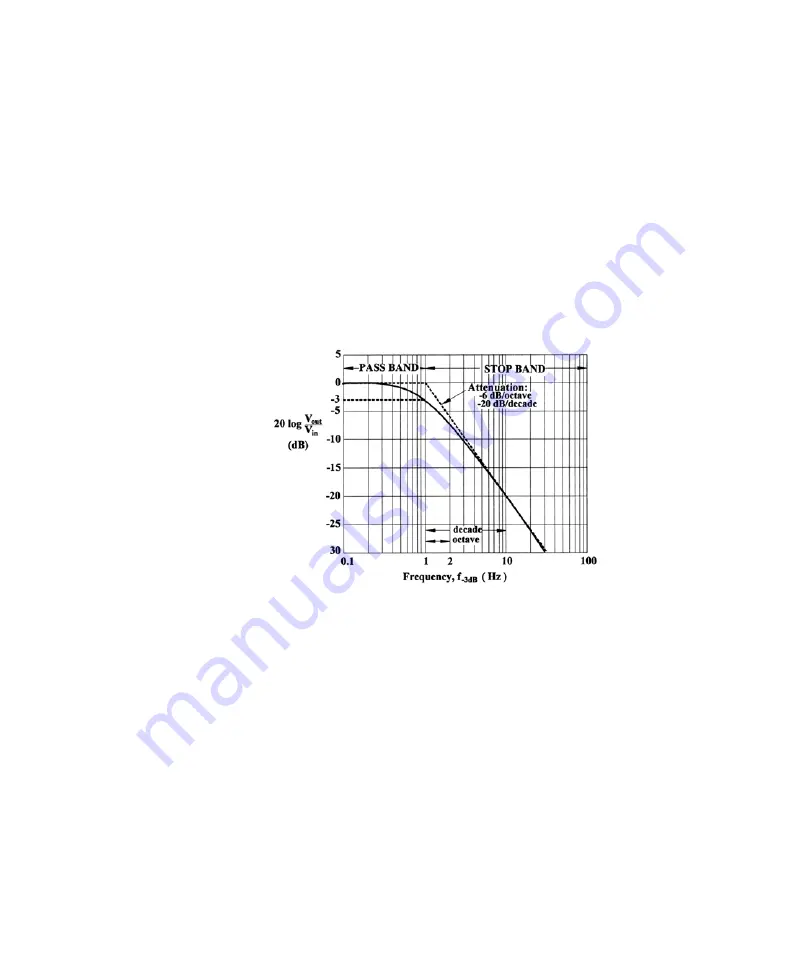
User
Guide
for
Axoclamp
900A
Power:
dB
=
10
log(P
out
/P
in
)
For
a
lowpass
filter,
the
frequency
region
below
f
c
is
called
the
pass
band,
while
that
above
f
c
is
called
the
stop
band.
In
the
stop
band,
the
signal
attenuates
(or
‘rolls
off’)
with
a
characteristic
steepness.
The
steepness
of
the
roll
‐
off
at
higher
frequencies
is
determined
both
by
the
type
of
filter
(see
below)
and
the
number
of
poles
of
the
filter:
the
larger
the
number
of
poles,
the
faster
the
roll
‐
off.
The
lowpass
on
the
Scaled
Output
of
the
Axoclamp
900A
are
4
‐
pole
filters.
Filters
with
more
poles
can
be
constructed,
but
they
are
more
complex
to
implement
and
yield
diminishing
returns.
Figure
48.
Filter
characteristics,
illustrated
for
a
single
‐
pole,
lowpass
filter.
The
spectrum
has
been
normalized
so
that
the
signal
magnitude
in
the
pass
band
is
0
dB.
The
–3
dB
frequency
has
been
normalized
to
unity.
Types
of
Filters
There
are
many
types
of
filters,
distinguished
by
their
effects
on
both
the
amplitude
and
phase
of
the
signal.
The
two
most
common
filters
used
in
electrophysiology
are
the
Bessel
filter
and
the
Butterworth
filter,
both
of
which
are
implemented
in
the
Axoclamp
900A.
108



